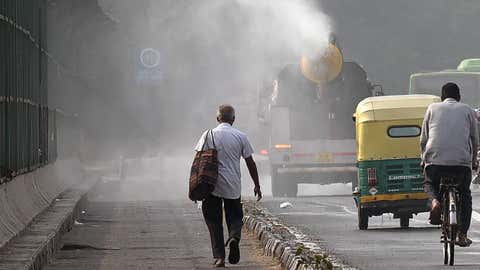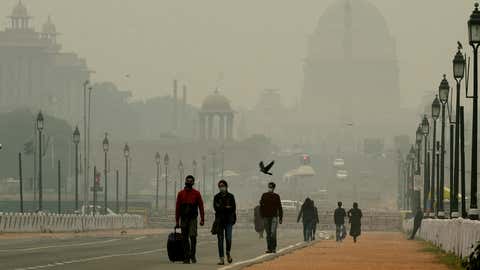La Niña, a climate phenomenon characterized by cooler-than-average sea surface temperatures in the Pacific Ocean, significantly impacts global weather patterns. Its effects on North India are particularly pronounced, especially concerning air quality and pollution levels. During La Niña years, the Indian subcontinent often experiences altered rainfall patterns, which can exacerbate pollution issues in the region.

Source:- bbc news
One of the primary ways La Niña affects air quality in North India is through its influence on the winter monsoon and the subsequent cold weather. The phenomenon can lead to a delay in the onset of the winter rains, which are crucial for clearing air pollutants. As a result, North India, particularly urban areas like Delhi, faces prolonged periods of stagnant air, trapping pollutants near the ground. The combination of low temperatures and reduced rainfall creates an environment where particulate matter, nitrogen oxides, and other pollutants accumulate.
Source:- news 18
Additionally, La Niña years are often associated with increased agricultural activity, particularly in northern states. The practice of crop burning, common in states like Punjab and Haryana, releases vast amounts of smoke and particulate matter into the atmosphere. Coupled with the stagnant air conditions caused by La Niña, this burning exacerbates the already dire pollution situation in major cities.
The health implications of this pollution crisis are severe, contributing to respiratory illnesses, cardiovascular diseases, and other health issues among the population. Vulnerable groups, including children and the elderly, face the greatest risks.
In summary, La Niña plays a critical role in shaping North India’s weather patterns, directly impacting pollution levels and air quality. As climate change continues to influence these phenomena, addressing the sources of pollution and adopting sustainable agricultural practices becomes increasingly crucial for the health and well-being of the region’s inhabitants.
Share your views in the comments

